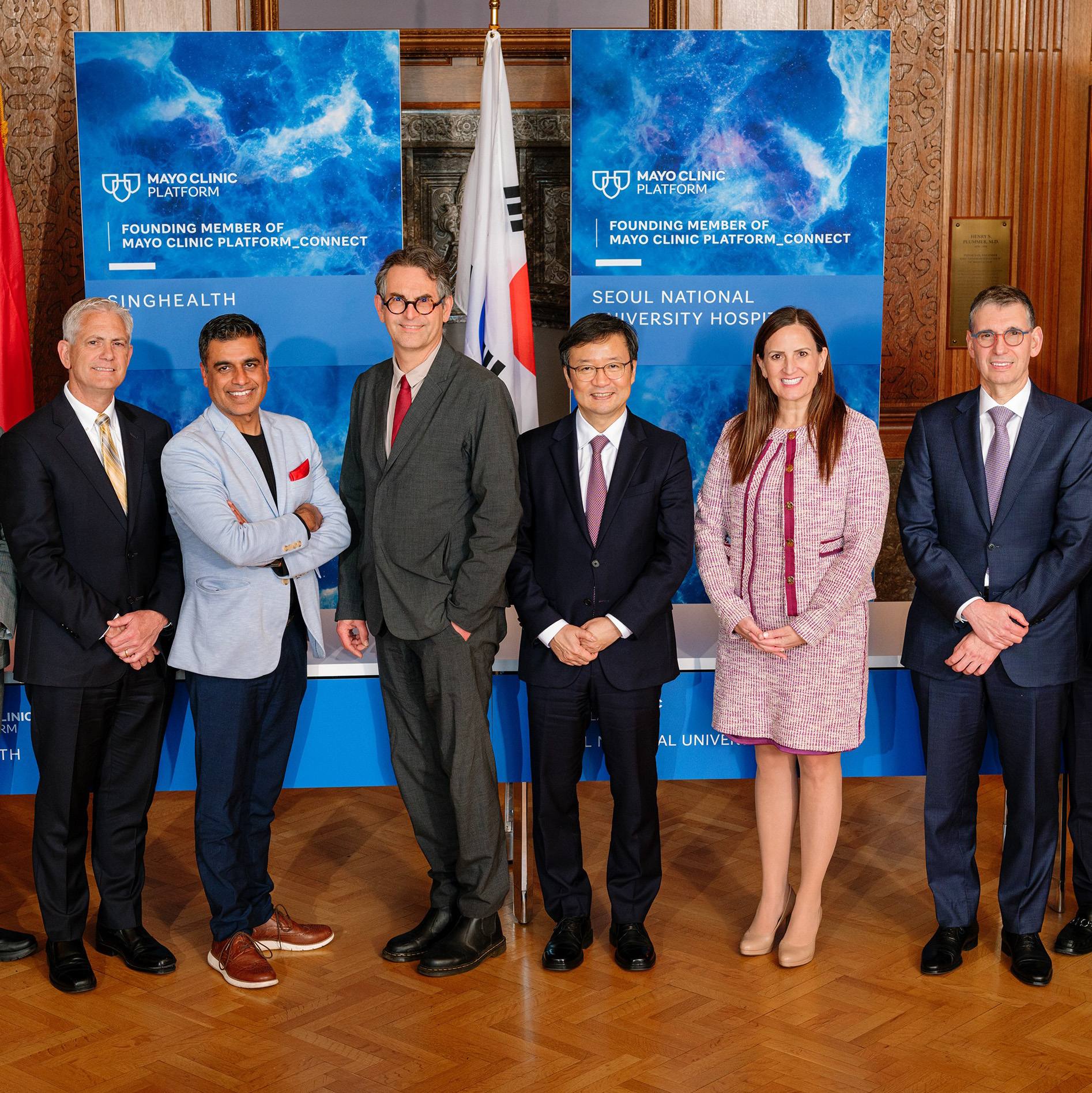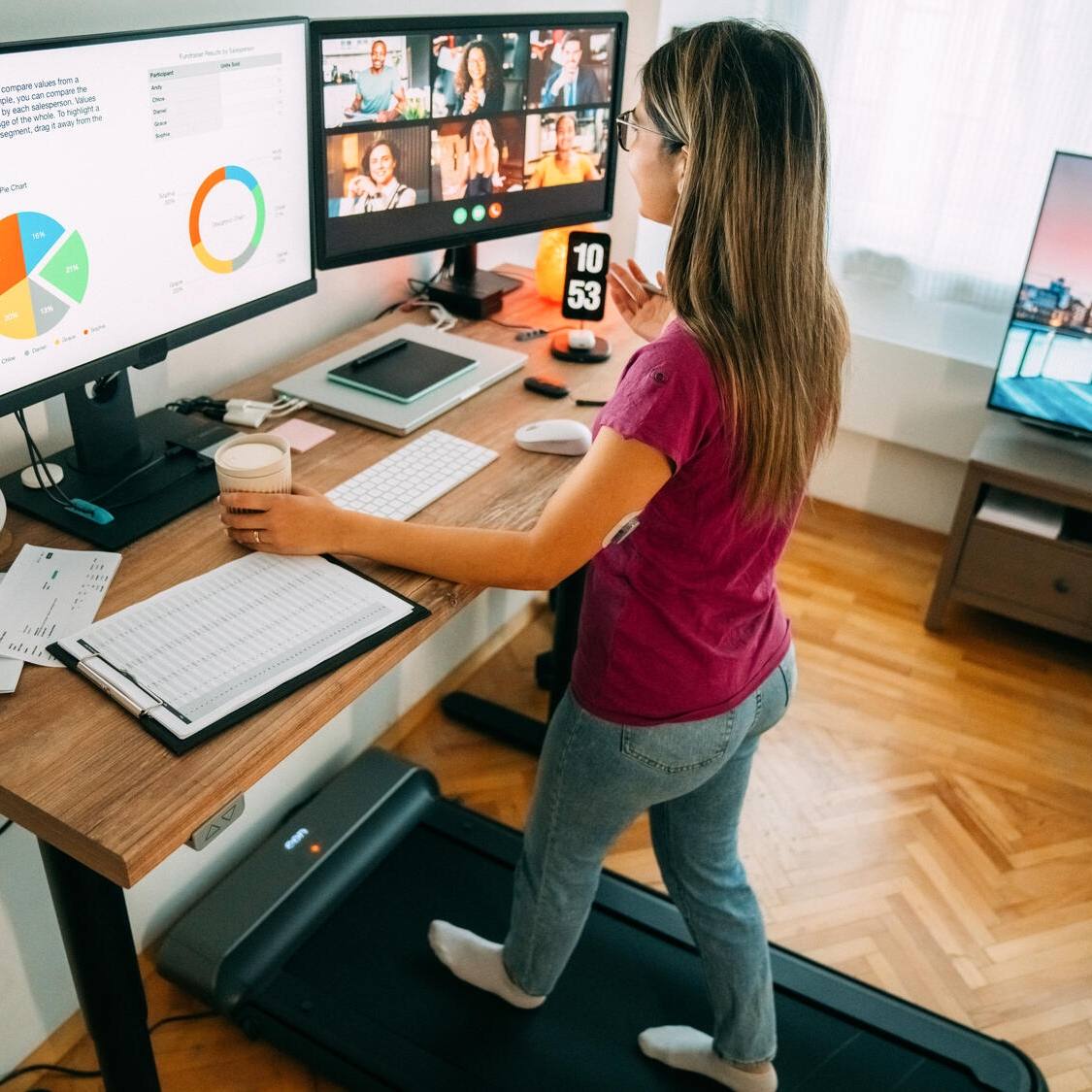
In one of the largest studies to date of its kind, Mayo Clinic researchers found patient satisfaction ratings to be equivalent for video telemedicine visits and in-person clinic visits. These findings highlight the potential for the use of telemedicine across a variety of patient populations.
The study, published in the Patient Experience Journal, evaluated patient satisfaction scores from over 300,000 patients treated either in-person or via video telemedicine during the COVID-19 pandemic.
While researchers found that patient satisfaction ratings were overall equivalent across the two modes of care, they did observe several interesting trends within certain age groups, genders, and races, which countered historical perceptions of telemedicine and represent opportunities for future study.
“Our study showed that the highest level of patient satisfaction within telemedicine visits was actually among patients within the 65 to 79-year-old age range—which has been an age group often seen as resistant to this mode of care,” says Bart Demaerschalk, M.D., a Mayo Clinic neurologist and senior author. “These findings show how important it is that health care organizations don’t exclusively target telemedicine to their younger, more tech-savvy patients.”
However, some of the researchers’ findings did align with historical findings for telemedicine satisfaction. For example, patients reported significantly higher satisfaction with in-person visits for specialty appointments. These findings are consistent with prior observations, which have found that patients with complex and serious clinical needs report greater satisfaction when they are able to spend more time engaging with staff and care teams—such as during an extended in-person visit.
Conversely, researchers saw significantly higher satisfaction with video telemedicine for pre- and post-surgical interventions, driven largely by differences in satisfaction among orthopedic and general surgery.
“The differences we observed may be due to a number of things—patient expectations, how far away they are located from Mayo Clinic, and more,” says Laurie Wilshusen, director of Patient Experience Research at Mayo Clinic and an author on the study.
“What is most important to note is that satisfaction was consistently high across both video telemedicine and in-person care, showing that as telemedicine visits become more common, we can bring the Mayo Model of Care to all patients, regardless of if that’s in-person or virtually,” says Wilshusen.
The researchers hope their findings provide objective insights into patients’ views on different care models, allowing for health care systems to more broadly consider how video telemedicine services may be employed for the benefit of both patients and staff.









